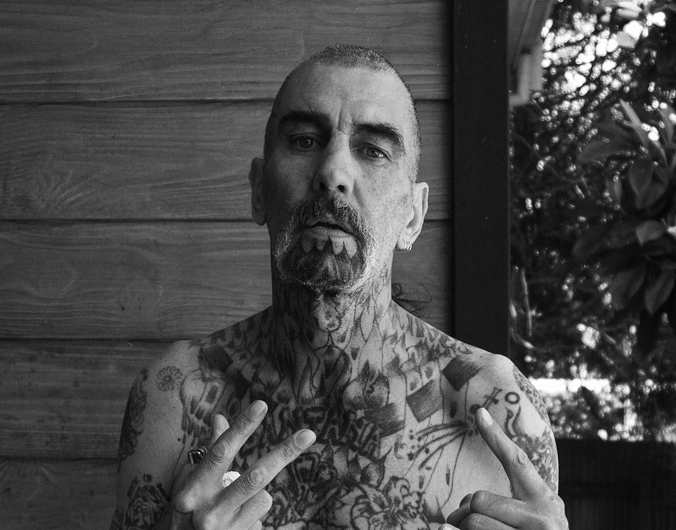This is a project that has been in progress since 2012. It now comprises 50+ images. It's a very time consuming project as each image is a collage of an average 40 images. The goal is to produce perfect images that show no signs of manipulation, they look like single frame film images, but thats impossible...
We expect to see obvious signs of image manipulation in almost all photography now. Adobe Photoshop is the most common image manipulation software program. It is so connected with image manipulation that if an image has been altered visually, we now say it has been “photoshopped.” It has entered the English language as a verb. My images, even though they are heavily edited (in Photoshop!), lack the signs of Photoshop manipulation that are so common now; for example clone and patch tool artifacts, desaturation, excessive contrast and brightness and so forth. The major technical goal was to have my images look natural. They have a technical context and reference in that they reach back and reference the 35mm film of the 1980s. I want viewers to recognise highway scenes and know immediately something is incorrect but what it is cannot be deduced by looking for image manipulation artifacts. As stated, each image has all the signs pointing to each one simply being a single captured photograph and not composites. The last manipulation was to use DXO Optics Film effects to give them the characteristics of the most common and well-known 35mm film kodachrome by Kodak Eastman Ltd. Lastly, adding the film grain effects, which are dependent on tone. These are then presented as a documentary.
This set of images can also be seen as type impossible image. An impossible image is an image you cannot produce with out comprehensive and heavy use of image manipulation. They are obviously impossible.


